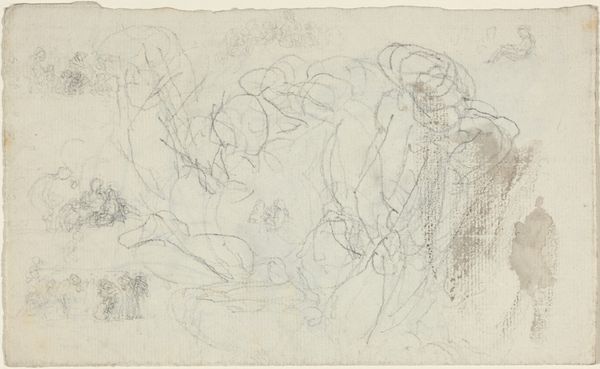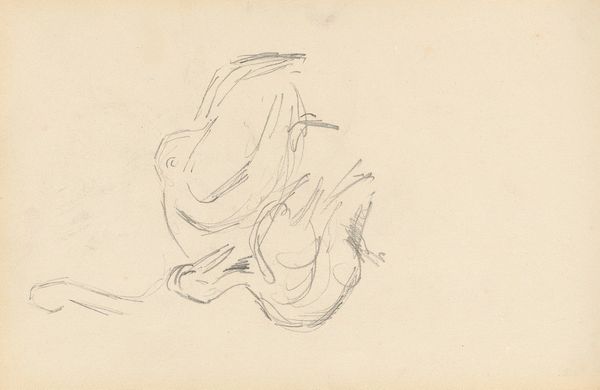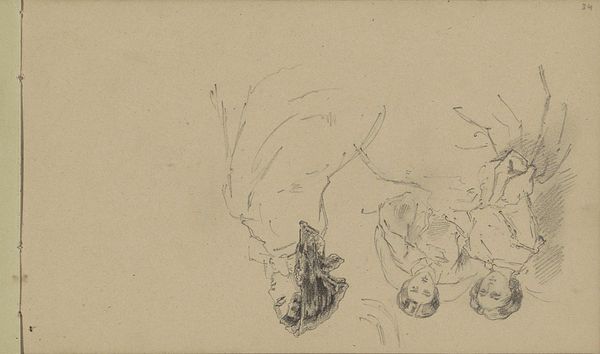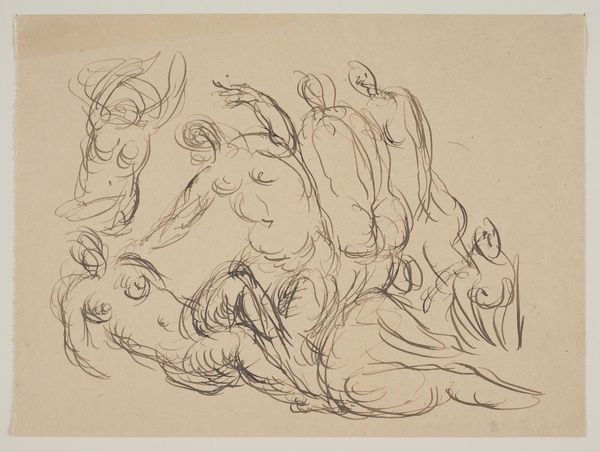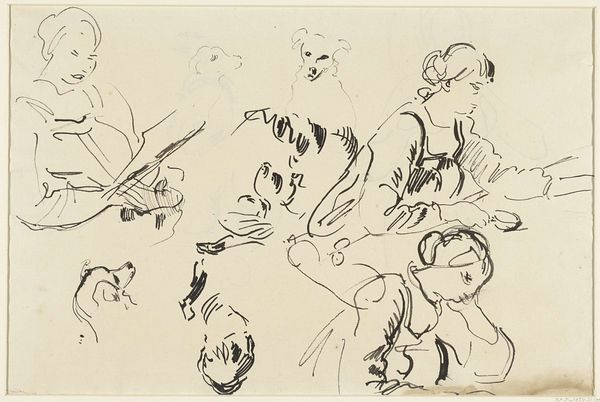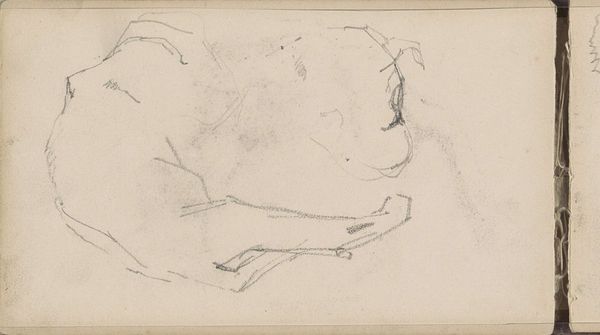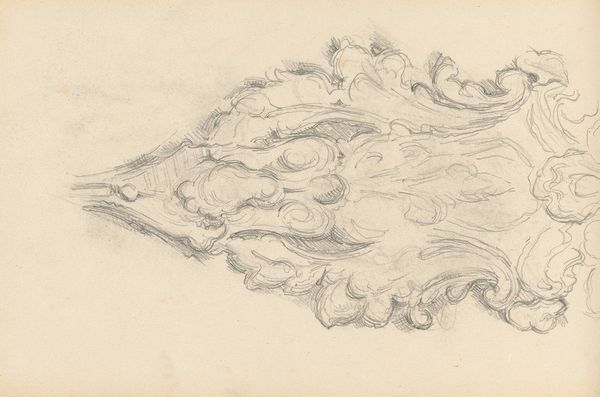
drawing, pencil
#
drawing
#
landscape
#
figuration
#
form
#
pencil
#
post-impressionism
Copyright: Public Domain: Artvee
Editor: We’re looking at "Peonies," a pencil drawing by Paul Cézanne, made sometime between 1890 and 1893. It's so delicate. Almost fleeting. The sketch-like quality feels very intimate. What strikes you most about this drawing? Curator: What interests me is Cézanne's choice to depict such a traditional subject – floral still life - in this unfinished manner. Throughout art history, flower paintings have been heavily laden with symbolic meaning, particularly regarding wealth, status, and often gendered ideas of beauty and fragility. Editor: Right, but this doesn’t seem to embrace any of those themes... Curator: Exactly. By stripping away the rich color and hyper-realistic detail typically associated with floral paintings, and leaving a very loose drawing, Cézanne arguably avoids reinforcing these social and cultural norms. Consider the shift away from the academic salon system during his time. Do you think his chosen style may have been impacted by a push against such conventions? Editor: That’s interesting. Perhaps. So instead of reinforcing old power structures, this becomes more about pure form, which seems to align with post-impressionism? Curator: Precisely. It challenges what a still life could represent, reflecting a shifting artistic landscape and perhaps even the socio-political currents of the time, as power structures were being widely questioned. The sketch invites viewers to contemplate the very act of seeing and representing, rather than simply accepting conventional symbols. Editor: That gives me a lot to think about; I hadn’t considered how even something as simple as a floral sketch could engage with such broader cultural dialogues. Curator: Me neither, until now.
Comments
No comments
Be the first to comment and join the conversation on the ultimate creative platform.


